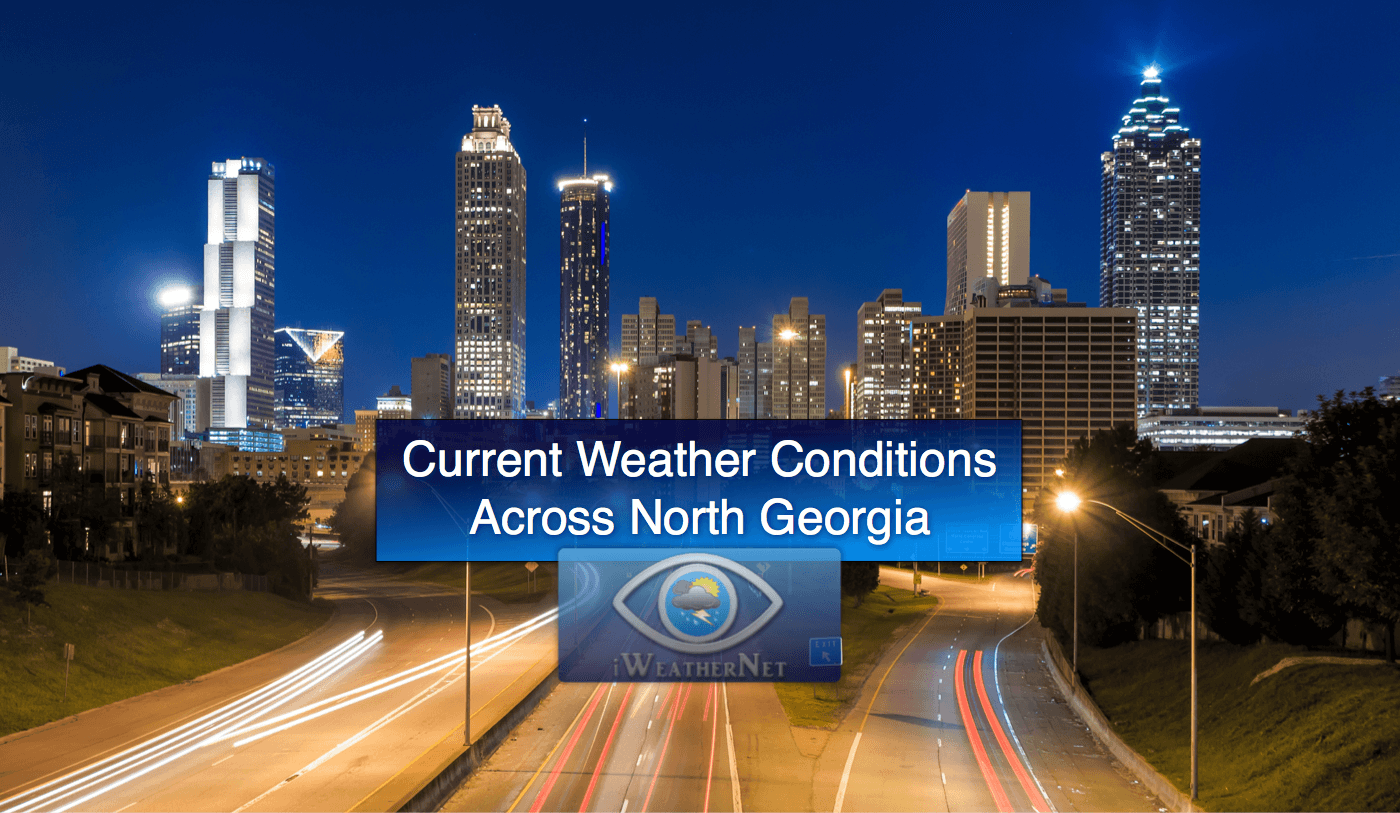
9 to easily identify the correct Nyquist cointerval for all (aliased) spectral components of the data under analysis.Īs in Fig. Color patterns in this figure can be correlated with the phases in Fig. The range spacing is 250 m and is 6.9 m s −1.Įxpected phase of the ASD at lags (left) 2/5, (center) 3/5, and (right) 1 for staggered-PRT weather signals with a 40-dB SNR, a 4 m s −1 spectrum width, a true mean Doppler velocity ranging from −34.7 to 34.7 ( y axis), and the same acquisition parameters as the data in Fig. At each range location, there are 54 staggered-PRT samples with T 1 = 1.6 ms and T 2 = 2.4 ms. (top) Magnitude and (bottom) phase of the ASD at lags (left) 2/5, (center) 3/5, and (right) 1 are color coded and are shown for all range locations within 120 km of the radar.
Doppler radar atlanta series#
7, but for a weather signal with an SNR of 35 dB, a mean Doppler velocity of 22 m s −1, and a spectrum width of 2 m s −1.ĪSD spectra corresponding to a ray of time series data collected with the KOUN radar at 2049 UTC as a function of Doppler velocity ( x axis) and range ( y axis). 4 for the weather signal, the SNR is 30 dB, the mean Doppler velocity is 28 m s −1, and the spectrum width is 2 m s −1.Īs in Fig. The parameters of the ground clutter signal are the same as in Fig. 3, but for a composite signal typical of a ground clutter and weather mix. 3, but the mean Doppler velocity is 0 m s −1 and the spectrum width is 8 m s −1.Īs in Fig. 3, but the mean Doppler velocity is 20 m s −1 and the spectrum width is 0.28 m s −1.Īs in Fig. 3, but for a simulated staggered-PRT sequence typical of ground clutter returns the mean Doppler velocity is 0 m s −1 and the spectrum width is 0.28 m s −1.Īs in Fig. The dotted lines in the phase plots correspond to the aliased theoretical ASD phases of the underlying uniform-PRT sequence, and the solid lines correspond to the measured ASD phases of the corresponding staggered-PRT sequence.Īs in Fig. The sequence has 65 samples with T 1 = 1 ms and T 2 = 1.5 ms, the SNR is 40 dB, the mean Doppler velocity is 0 m s −1, and the spectrum width is 2 m s −1. (top) Magnitude and (bottom) phase of the ASD at lags (left) 2/5, (center) 3/5, and (right) 1 as a function of Doppler velocity for a simulated staggered-PRT sequence typical of weather returns. Light lines labeled with roman numerals in the bottom plot correspond to the aliased ASD phases from the same subinterval in the ASD of the underlying uniform-PRT sequence.

Dotted vertical lines partition the Nyquist cointerval corresponding to the underlying uniform-PRT sampling into five subintervals (I–V) that alias and combine to form the ASD of the staggered-PRT sequence. (bottom two) Example of the lag-2/5 ASD for a staggered-PRT sequence with a PRT ratio of 2/3 and (top two) the corresponding lag-2 ASD for the underlying uniform-PRT sequence. The remaining panels illustrate the first three uniform-PRT subsequences with sampling period T s that can be obtained from the staggered-PRT sequence. (top) Staggered-PRT sampling (solid lines) via decimation of an underlying uniform-PRT sequence with sampling period T u (dotted lines). Example of staggered-PRT sampling with and, i.e.


 0 kommentar(er)
0 kommentar(er)
